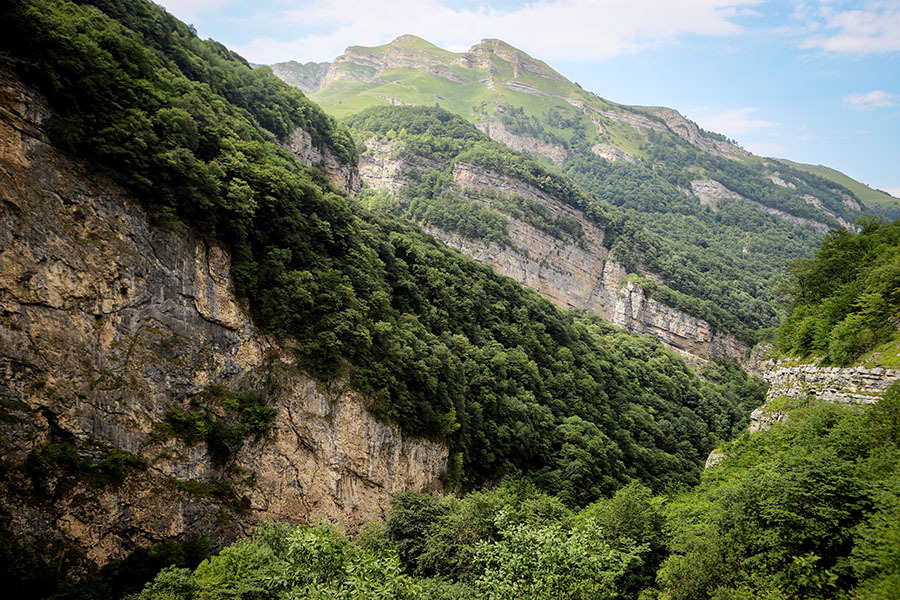An international team of scientists, which included Russian researchers from a number of domestic research centers, found out when the peoples of the Caucasus and the Eurasian steppes began to raise dairy cattle and consume dairy products.
The results of the study are published in the journal Nature Ecology & Evolution.
The work was carried out with the grant support of the Russian Science Foundation (RSF).
According to the press service of the Russian Science Foundation, employees of Moscow State University named after M.V.
M.V.
Lomonosov, the Institute of Archeology of the Russian Academy of Sciences, the State Historical Museum, the State Unitary Enterprise "Heritage", the Peter the Great Museum of Anthropology and Ethnography of the Russian Academy of Sciences, the Samara State Social and Pedagogical University, the Lipetsk State Pedagogical University, and the Institute of History and Archeology of the Ural Branch of the Russian Academy of Sciences.
Cherek Gorge in Kabardino-Balkaria
RIA News
© Denis Abramov
Scientists analyzed food proteins preserved in the tartar of people who lived 9-3.5 thousand years ago on the territory of the Pontic-Caspian steppe and neighboring regions of the South and North Caucasus, Oka-Volga-Don and Eastern Urals.
In total, the remains of 45 people were examined.
According to the authors of the work, proteins found in dental deposits can be used to determine the milk of which animals were eaten by humans during life.
The analysis showed that in the foothills and steppe zone of the North Caucasus, dairy farming existed 7 thousand years ago.
Sheep were bred in this area to get milk.
However, local peoples also kept cattle - their meat was eaten, and they also used animals to transport goods.
This is evidenced by archaeological finds.
Local pastoralists began to eat cow's and goat's milk only 4-5 thousand years ago.
True, subsequently, due to cold winters and droughts, people had to return to breeding more unpretentious sheep.
Over time, the conditions in the foothills of the Caucasus became unsuitable for raising livestock and people had to move to the plateau, where there were still pastures.
About 3,000 years ago, people descended into the steppes, but now they have focused on breeding horses that can feed themselves even in winter by digging grass from deep snow.
However, scientists doubt that the consumption of mare's milk was practiced in the region - its traces could not be found in the tartar of the people who lived in this area in that era.
As it was possible to establish, the inhabitants of the Oka-Volga-Don region took up dairy cattle breeding later than the Caucasian peoples - only 4 thousand years ago.
At the same time, a small number of cattle appeared here a long time ago - about 6 thousand years ago.
Researchers do not yet know why this happened, and it is also unknown about any connections between the peoples of these regions in antiquity.
Gettyimages.ru
© Andrew Brookes
Researchers recall that cattle breeding began to actively develop in Europe, Asia and Africa in 7000-1500 BC.
e.
Archaeological finds indicate that during these periods, animal husbandry gradually spread to the Pontic-Caspian steppe, stretching from the shores of the Black Sea to the east to the shores of the Caspian Sea.
However, scientists do not know how this process took place and how natural conditions influenced the migrations of ancient pastoralists.
“Archaeological artifacts dating back to the very beginning of human pastoral activity do not contain evidence that people raised livestock for milk.
However, this practice had to appear somewhere in order to “capture” Eurasia,” explained Natalia Shishlina, Doctor of Historical Sciences, chief researcher at the Historical Museum and the Kunstkamera, a participant in the RSF project.

